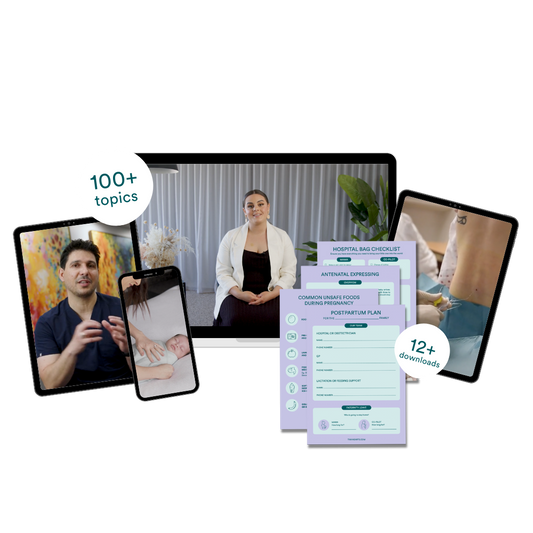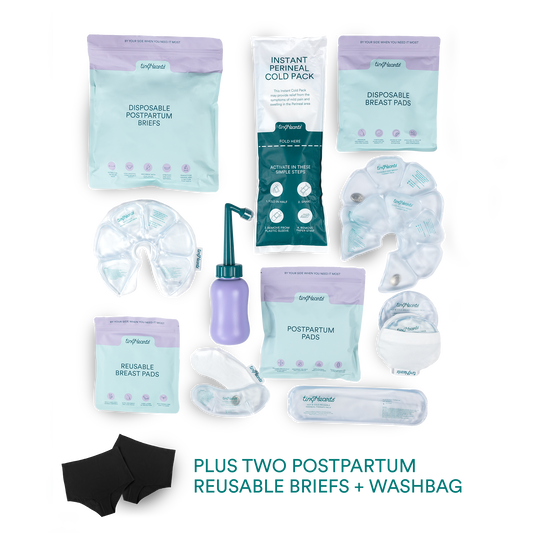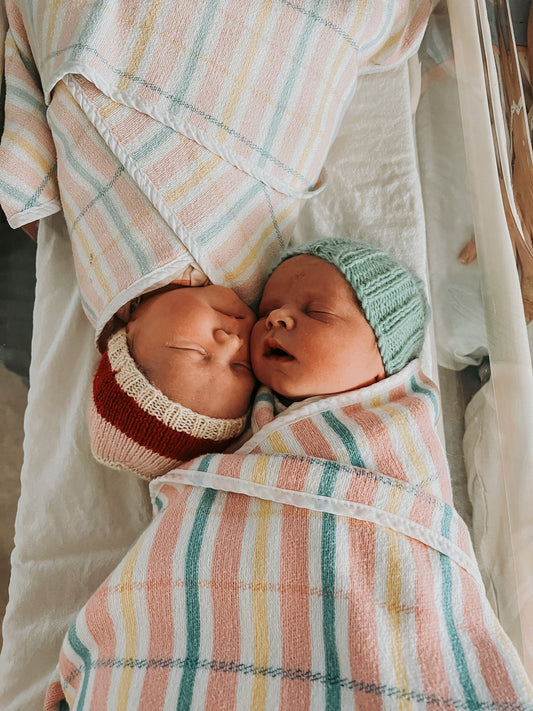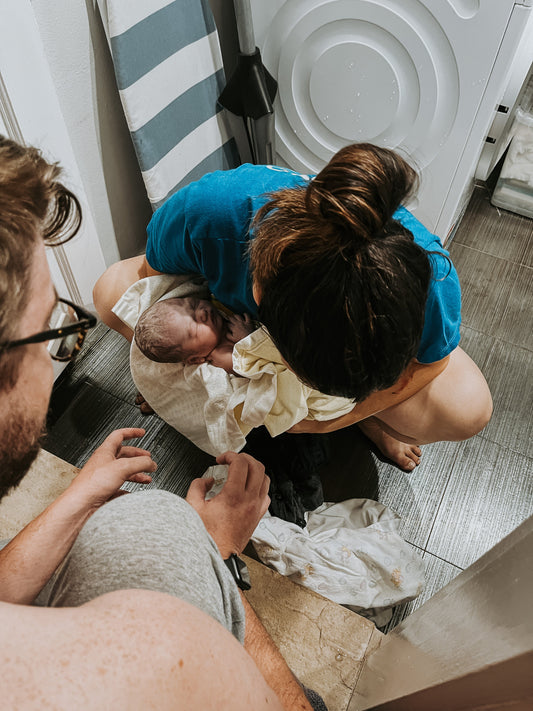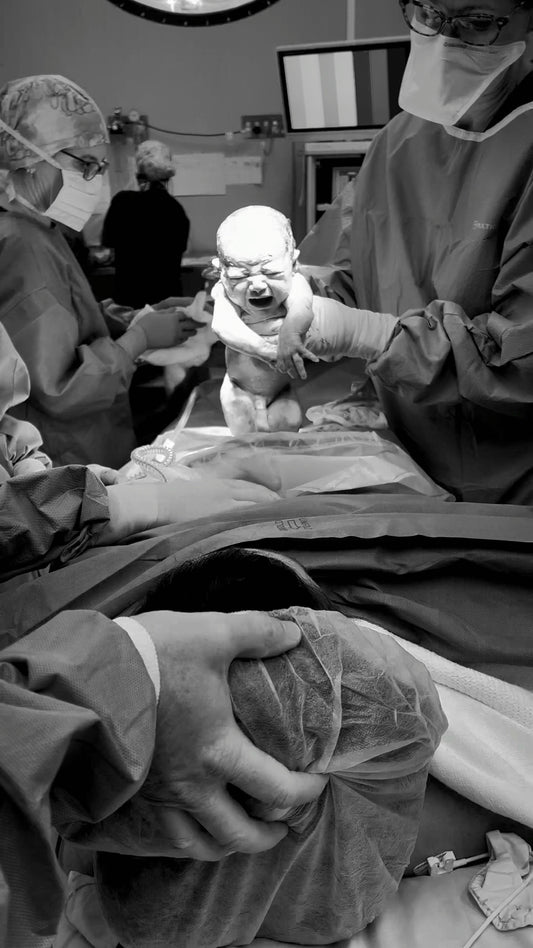Ahh, nappy rash. This pesky little rash is super common, and no matter how well you look after your baby’s booty - it can happen to anyone. Chances are, every bub who wears nappies will get nappy rash at some stage during their childhood.
There lots of different factors that cause nappy rash, here are some of the most common causes:
- Wearing a wet or dirty nappy for too long - long-term dampness, friction and ammonia substances released from wee can easily irritate a child’s skin
- Plastic pants - these nasty little things make nappy rash worse because it prevents air from circulating, keeping the nappy area damp
- Soaps and detergents - if these are left on cloth nappies, they can irritate the skin and cause nappy rash
- Skin conditions - conditions like eczema, psoriasis and thrush can also inflame nappy rash, making it much worse
What does nappy rash look like?
If your little one has nappy rash, their cute little bottom will look red and sore. Occasionally, the rash may travel up to their tummy or spread towards the back.
In terms of the actual rash, some areas of the skin may be raised or swollen, or there may even be breaks in the skin called ulcers. Nappy rash is super uncomfortable and painful, so your bub is likely to be irritable.
The best thing about nappy rash is that simple remedies often work best! If the rash doesn’t go away in a few days on its own, try these:
Change your bub’s nappies more frequently
Frequent nappy changes, every hour or so, will help to keep the nappy area dry and give their skin a chance to heal. If your bub has a wet or soiled nappy, make sure you change them straight away. Our top tip is to use disposable nappies as they absorb more moisture!
Show their booty off to the world!
Okay, well not literally, but you should try to give your bub’s bottom some air for as long as possible every day. You can try leaving your little one lying on an open nappy or a towel or loosening their nappy to allow air to circulate more freely.
Clean your bubba’s skin
Gently clean your bub’s skin after each change using lukewarm water and cotton wool or a light cotton cloth. Try to avoid using disposable wipes as they can irritate the skin, and some babies can be allergic to the preservatives. When you bath bub, ensure you’re using gentle, soap-free wash and avoid soaps or bubble baths. When drying, pat their skin dry and apply a simple moisturiser.
Try a protective cream after each nappy change
You can get simple and cheap barrier creams that include ingredients like zinc, castor oil or Vaseline and apply them with every nappy change. These are available at supermarkets and chemists, and you don’t need a prescription! You should be using a thick layer of cream, as this will prevent wee or poo from touching your baby’s skin. You know you’re doing it right if you can still see some cream at the next nappy change.
Rinse cloth nappies after their washed
As we mentioned above, one of the most common causes of nappy rash is from detergent segments on cloth nappies. Rinsing them after washing will ensure that all soap residue has been removed. If your bub has a bad case of nappy rash and you usually use cloth nappies, consider using disposable nappies until the rash has cleared up!
Medications
In severe cases, your GP may recommend using a corticosteroid cream or ointments like hydrocortisone 1% - but they should only be used after talking to your GP. Always follow the instructions on the packet when applying these creams on babies as overuse can cause further damage.
It takes weeks for a baby’s skin to repair, so during this time, it’s important to remember that their skin is likely to be more vulnerable to things that irritate it.
Do I need to see a doctor about my child’s nappy rash?
You should schedule a visit to your local GP if:
- The rash hasn’t improved after a week, and you have tried any of the above remedies
- Blisters, crusts or pimples appear
- Your child is upset and isn’t sleeping
- Your child has an unexplained fever
- The rash is spreadingIf you have a boy, the end of their penis is red and swollen or has a scab on it.
The best way to treat nappy rash is prevention! As a general rule, always keep your child’s nappy area clean and dry. Change them frequently and give their cute little bottom as much air time as possible.

